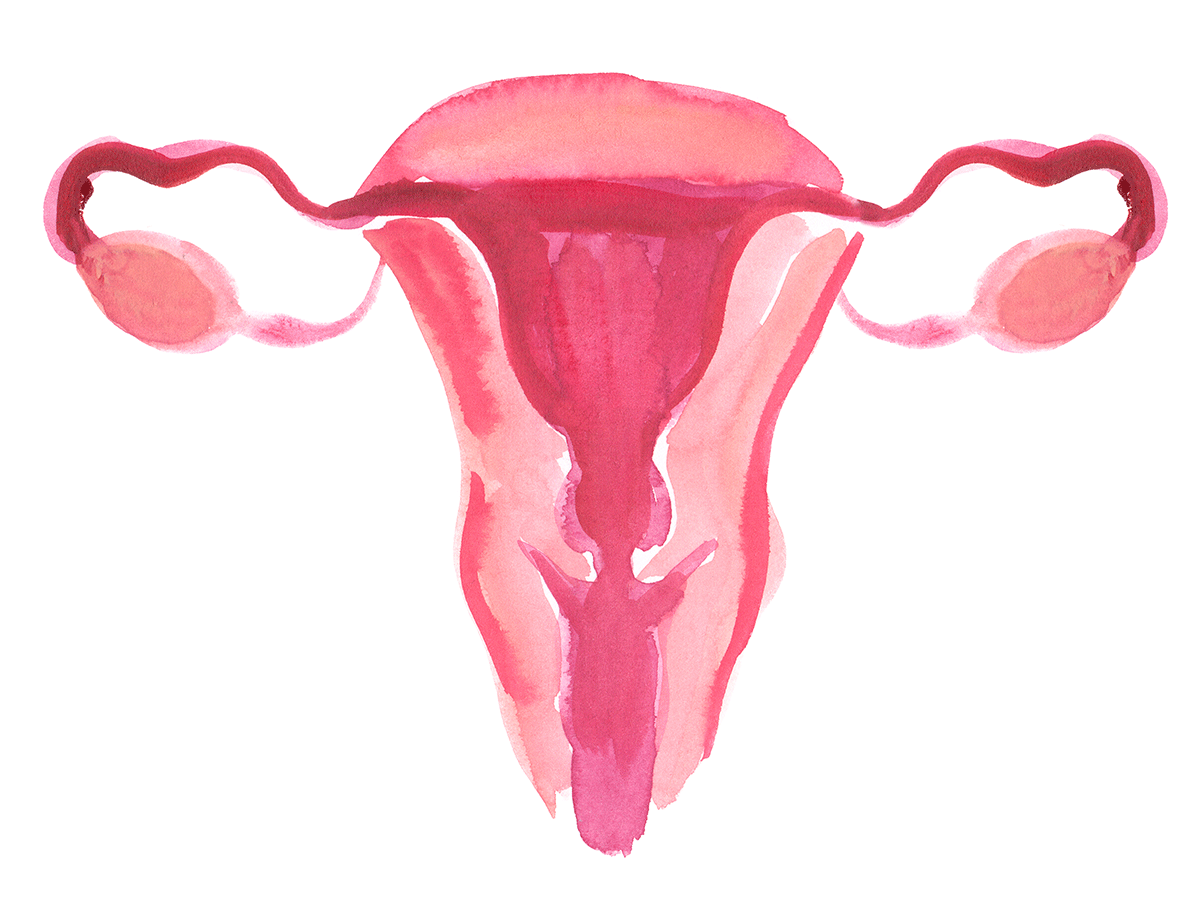It’s Time to Revisit Your Birth Control Options—in the Name of Self-Love
You have a go-to contraceptive—but is it really the best option for you? Here's why it may be time to reconsider.

Birth control has allowed us to take control of our lives in a real way—by providing room for thoughtful family planning. However, many of us were placed on birth control (probably the pill) by a doctor when we were in our teens or early twenties and haven’t thought much about it since. If it’s been working for you, it might not seem like such a big deal. But, there’s a new campaign that’s making us think twice about our options.
The goal behind #MEandIUC is to educate and encourage women to make informed decisions about their birth control and to spread awareness about IUCs or intrauterine contraception. “This is a form of self-love and self-care—taking control of your future by putting yourself first and making informed birth control decisions,” says Christina G. Cheng, a spokesperson for the campaign. The young mom knows the importance of birth control—she’s had a multi-disciplinary creative career in the wake of her teenage pregnancy. Cheng is helping to encourage women explore their birth control options, no matter what stage they’re at in life.
Many of us have gotten comfortable with one method of birth control and don’t want to go through the growing pains of a new one. But reevaluating your options means you’re benefiting from health care that’s evolving and more effective—as long as you’re using it correctly.
Below, the questions you need to ask yourself about birth control.
Am I using birth control correctly (and effectively)?
“The effectiveness of various birth control methods depends on whether it is used correctly or not,” says Dr. Sarah Warden of Women’s College Hospital. “We tend to quote typical use effectiveness rather than perfect use rates.” If you’ve ever forgotten to take your pill (that’s about 88 percent of millennial Canadian women) you know what she’s talking about. “I always tell patients that the best method of birth control is the one that works the best for them and that they will remember to use correctly,” says Dr. Warden.
Am I using the best option for me?
Understand your choices (and know that condoms should always be used to help prevent against STIs).
IUC
Intrauterine Contraception works by hormone (like the pill) or non-hormone ways to either prevent ovulation or make the uterus extremely inhospitable for sperm. Its effectiveness rate is over 99 percent, it’s safe, and it almost completely eliminates human error because it’s inserted into your cervix and stays there for up to five years.
“The IUD is a great choice for many patients as there is little to no ‘user error’ involved,” says Dr. Warden. “You don’t have to think about it or remember anything other than the date you need to replace it by—It really is an insert and forget about it method.”
You’ll need to have it inserted by a doctor, and there are some who report a painful experience (here’s how you can make it hurt less), but more and more women are becoming champions of the method. Even more to consider? “The Canadian Pediatric Society and the Society of Obstetricians and Gynecologists have both published guidelines stating that IUDs should be the first choice in all adolescent and adult women, regardless of their obstetric history,” says Dr. Warden. (Also, here’s even more you should know about IUDs.)
The Pill
With perfect use, the pill is over 99 percent effective at preventing pregnancy. But, this means you need to take it every day, at the same time, without fail. When you factor in human error that number drops to about 90 percent.
The pill has some fun side effects (more regular cycles! Less acne! No more painful cramps!) for many, but it also works by preventing you from ovulating through the use of hormones. What’s more, the pill masks menstruation symptoms, when they could (and should) be addressed and treated directly. (See why women are ditching the pill in favour of birth control apps.)
The Rhythm Method
This method is about tracking a woman’s cycle and using abstinence on fertile days to prevent pregnancy. It has a better effectiveness rate than you might think—between 80 to 87% when done correctly.
Condoms
Thanks to an awkward run-in with a banana in sex ed, most of us know what a condom is and how it works. (For the newbies: Condoms work by physically blocking the sperm from getting to the egg. It’s placed on the penis and catches the sperm.)
When used correctly, condoms have about a 98 percent effectiveness rate and have the added bonus of helping to prevent against STIs. (See why STIs are on the rise.) But that typical use rate drops to about 85% because, shocker, humans aren’t perfect.
Pulling Out
Pulling out, or removing the penis from the vagina before ejaculation occurs, has a typical use effectiveness rate of about 80 percent. It’s best used in combination with other methods of birth control than on its own as it relies on accuracy to work.
Am I understanding the importance of effective birth control?
“I wish women would acknowledge that making informed birth control decisions is a form of self-love,” says Cheng. “Self-love includes choosing the birth control that is right for you, so you can stay focused on your goals and navigate your life journey with intention.”
Next, know the facts every woman needs to know about her fertility.




